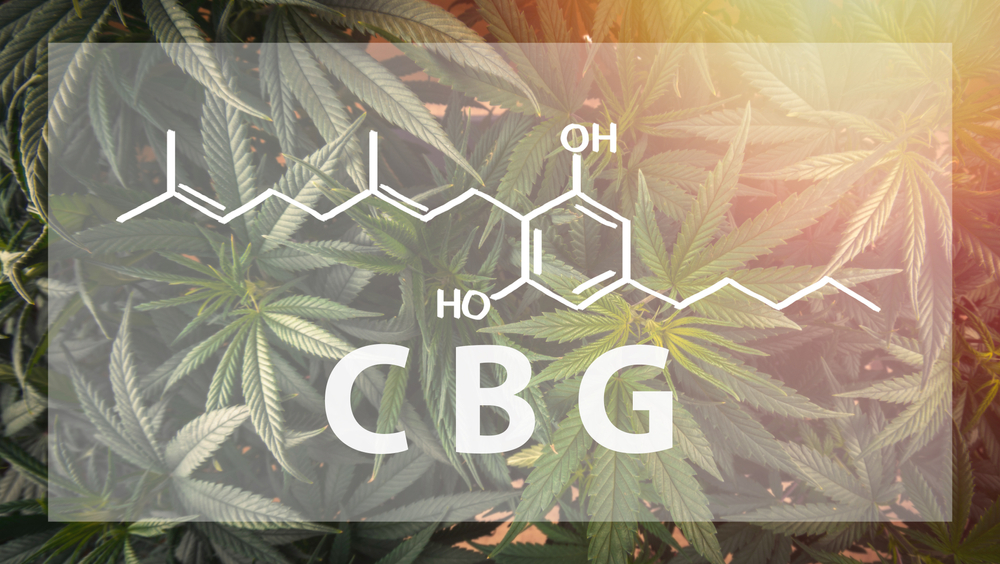What is CBG? Here’s Why More Cannabis Growers are Breeding Strains High in Cannabigerol
As cannabis research uncovers new discoveries, CBG is drawing more attention

Cannabis consumers are well acquainted with psychoactive tetrahydrocannabinol (THC) and non-intoxicating cannabidiol (CBD), which research has shown can help with a range of health issues and is found in everything from lattes to dog biscuits to face cream. The cannabis plant, however, contains multitudes of cannabinoids, and another one is now receiving attention for its medicinal properties: cannabigerol, or CBG.
What is a Cannabinoid?
Cannabinoids are compounds that interact with the body’s endocannabinoid system (ECS). Receptors in the brain and other parts of the body interact with these compounds, which typically either come from the body itself, cannabis flower, or infused products. Cannabinoids are classified as either phytocannabinoids (made by plants), or endocannabinoids, which are produced by your body.
Up until recently, most research has focused on the properties and effects of THC and CBD. This barely scratches the surface: More than 100 distinct cannabinoids have been identified in cannabis. Understanding what each one does and how they interact with each other in the body is still very fertile territory for scientific study, which has been slowed quite a bit by the longstanding prohibition of cannabis. But emerging research is documenting powerful effects of cannabinoids beyond the two most famous ones.
What is CBG?
Like CBD, CBG is non-intoxicating and won’t cause a “high,” but preliminary research indicates CBG has notable therapeutic effects.
Most research to this point has been conducted in the lab on animal models. CBG has been shown to alleviate nausea related to chemotherapy. It has anti-inflammatory properties, and a study on mice found it reduced inflammation related to inflammatory bowel disease, which is particularly salient, because IBD has no known cure. CBG has also been shown to slow the growth of colon cancer cells in mice, and may protect neurons in Huntington’s disease, a rare genetic neurodegenerative condition. There is also some evidence that it reduces intraocular pressure, which can lead to glaucoma.
While no single study should be viewed as definitive proof, these early findings are laying the groundwork for further study of CBG’s human medical applications.
How Can I Find Cannabis Strains With CBG?
Cannabigerol doesn’t typically have a large natural presence in the cannabis plant like THC or CBD commonly does, but cannabis breeders have been able to isolate CBG and are working to increase its prominence in their development of strains. This trend is similar to the increasing availability of high-CBD, low-THC plants. To maximize CBG content, growers may harvest the plant relatively early in the growing cycle, as it is considered to be a precursor to the formation of other cannabinoids, including THC.
CBG is likely to become increasingly more prominent in the cannabis marketplace, now that its potential benefits are becoming better understood. As with CBD, consumers are taking note of cannabinoid profiles to help them understand what effects these compounds have at the individual level. With CBG gaining notoriety, it’s getting easier to seek out strains that contain cannabigerol.
At Veritas Fine Cannabis, our comprehensive strain library has a wealth of information at your fingertips. For example, our collection of Cookies strains breaks down the cannabinoid and terpene profiles for each flavorful cultivar, from Georgia Pie to White Runtz, among many others. Explore our library at your leisure or chat up your budtender to see what’s on offer at any dispensary that carries Veritas Fine Cannabis products.
Though more research is needed (as always) to know the full extent of how the cannabinoid CBG and others affect the body, what researchers have learned so far about CBG makes it a cannabinoid to keep on your radar.

